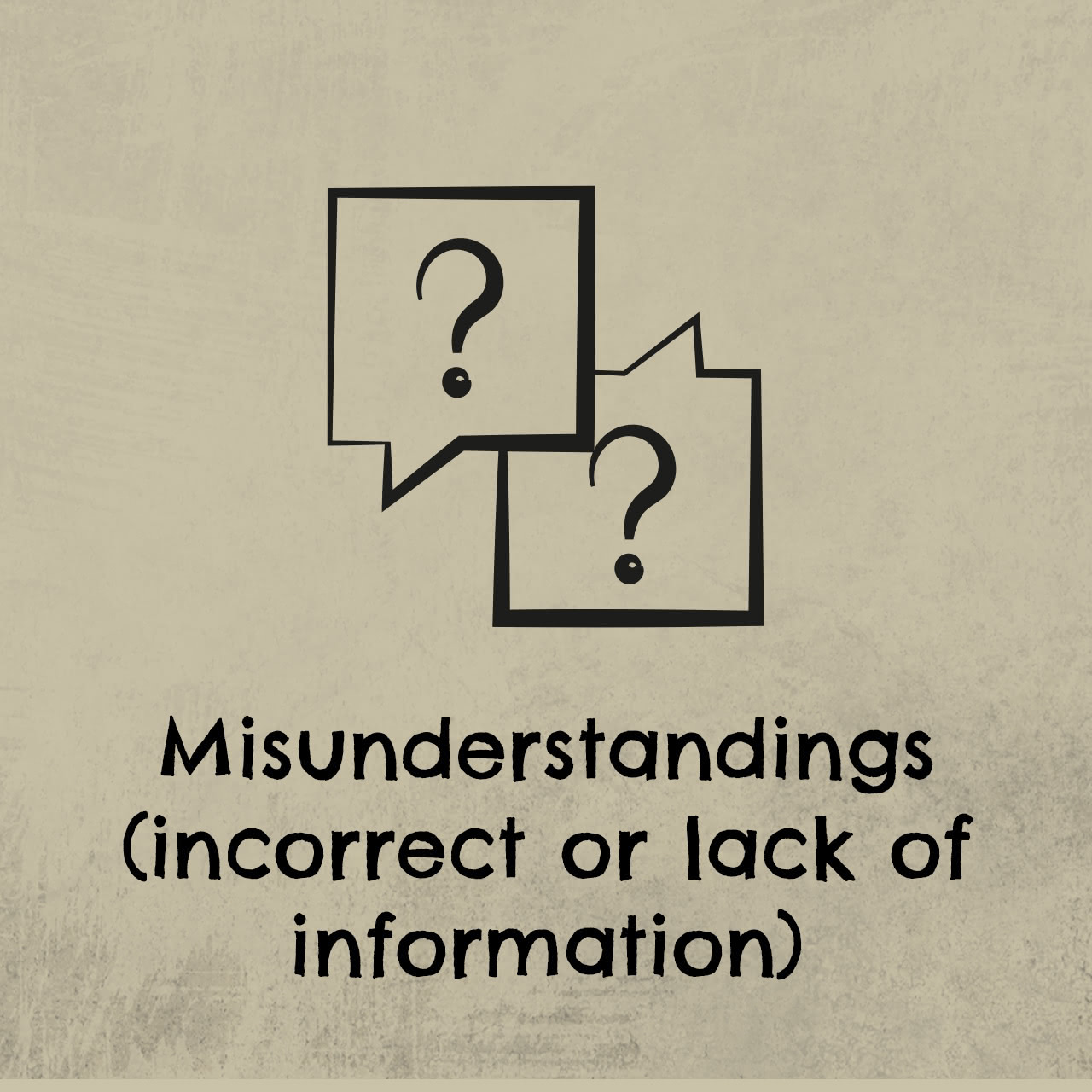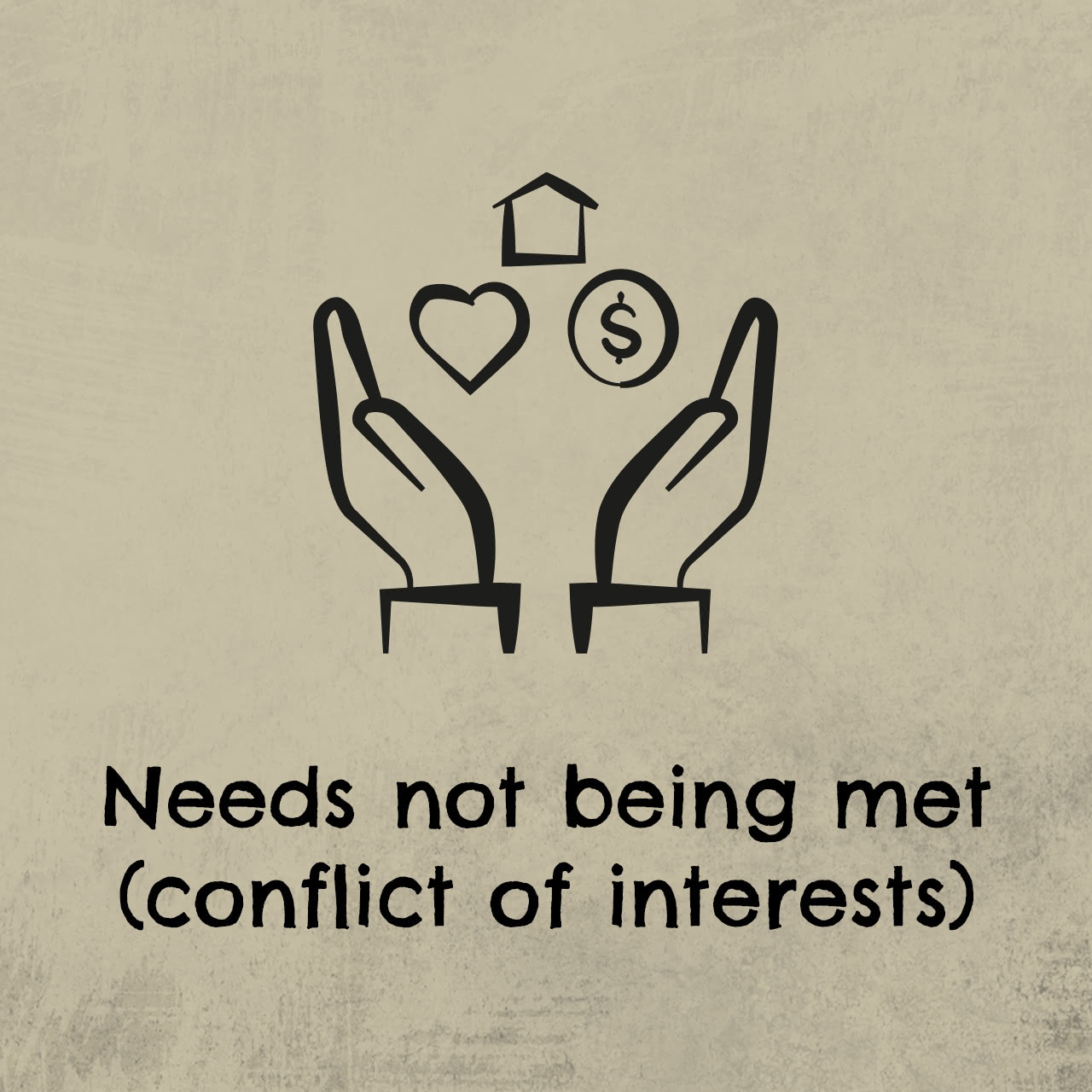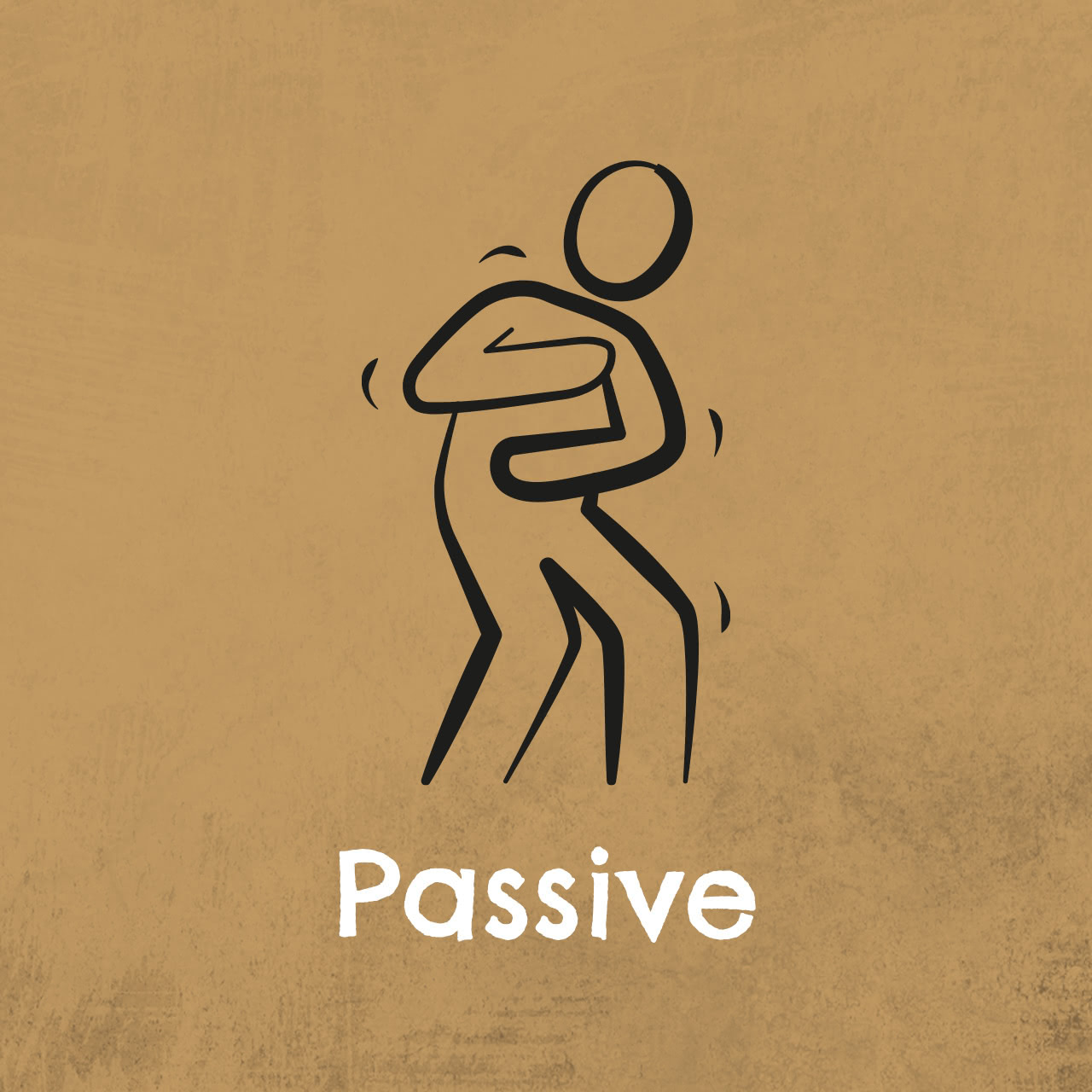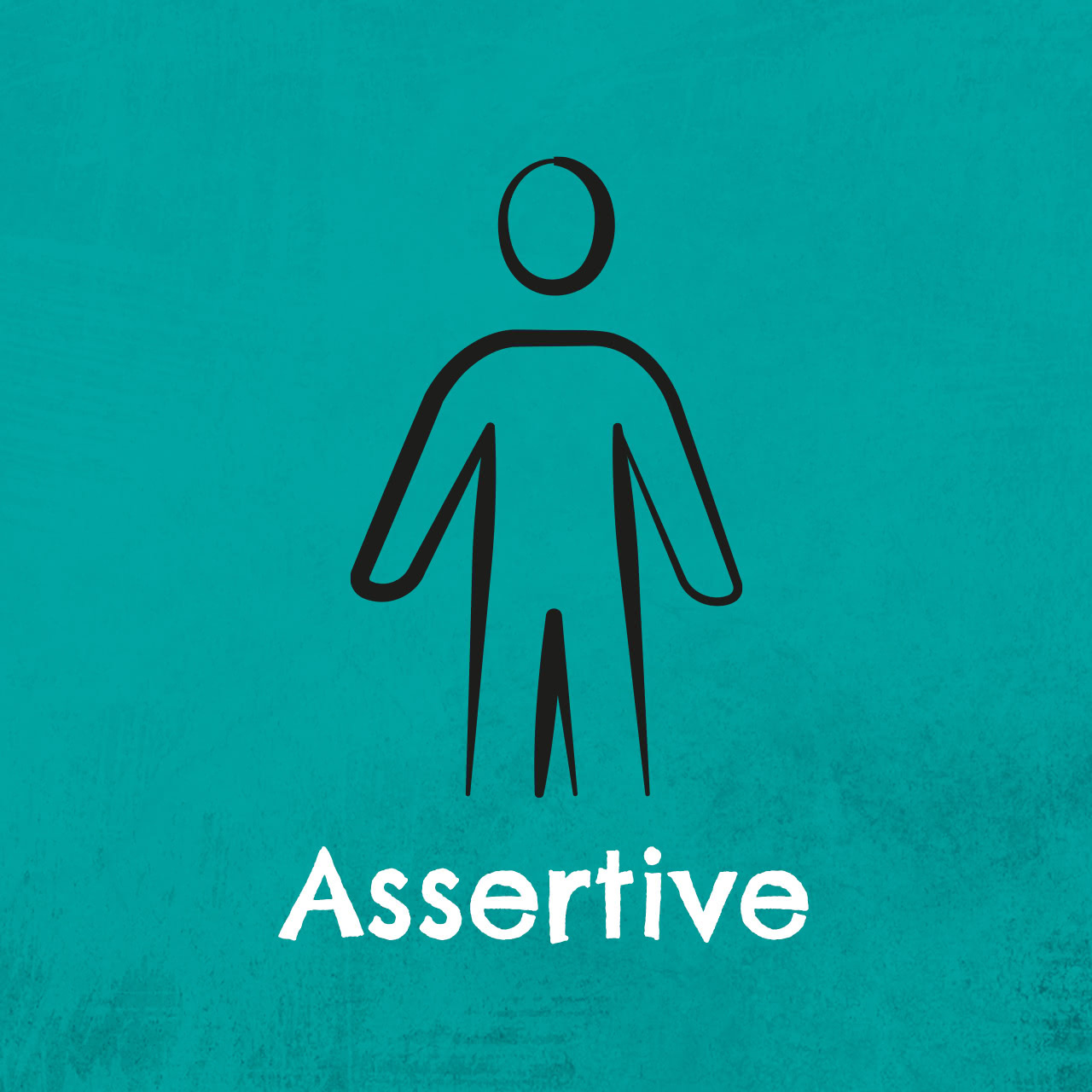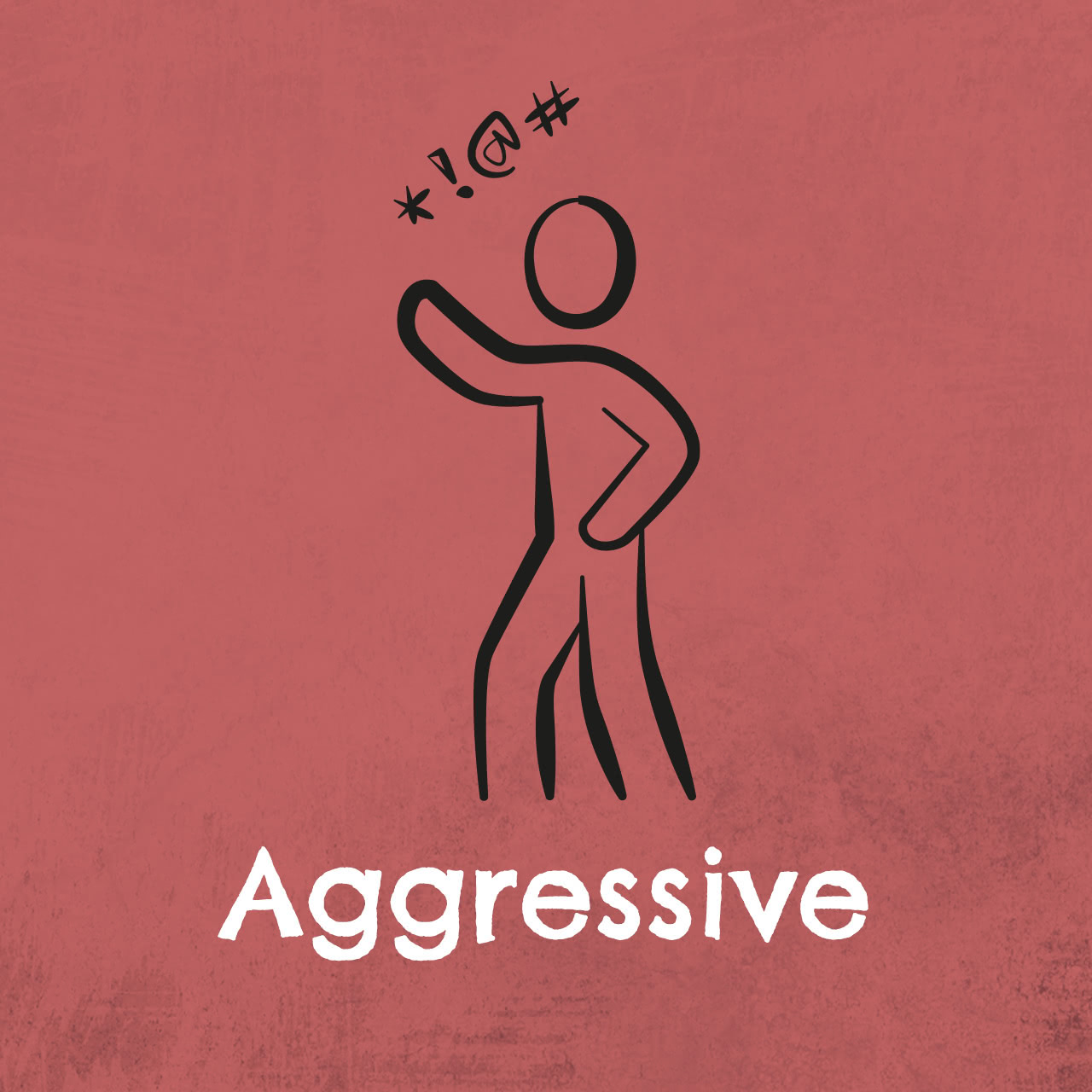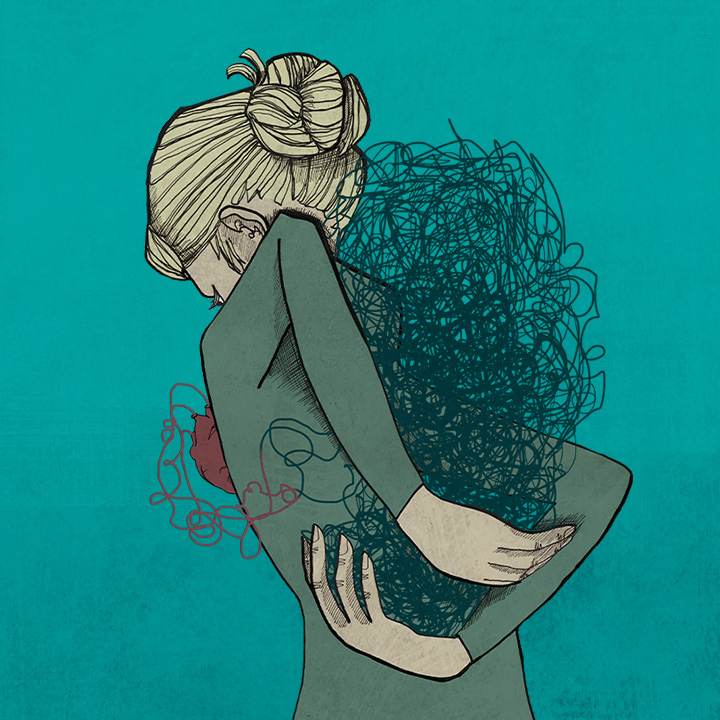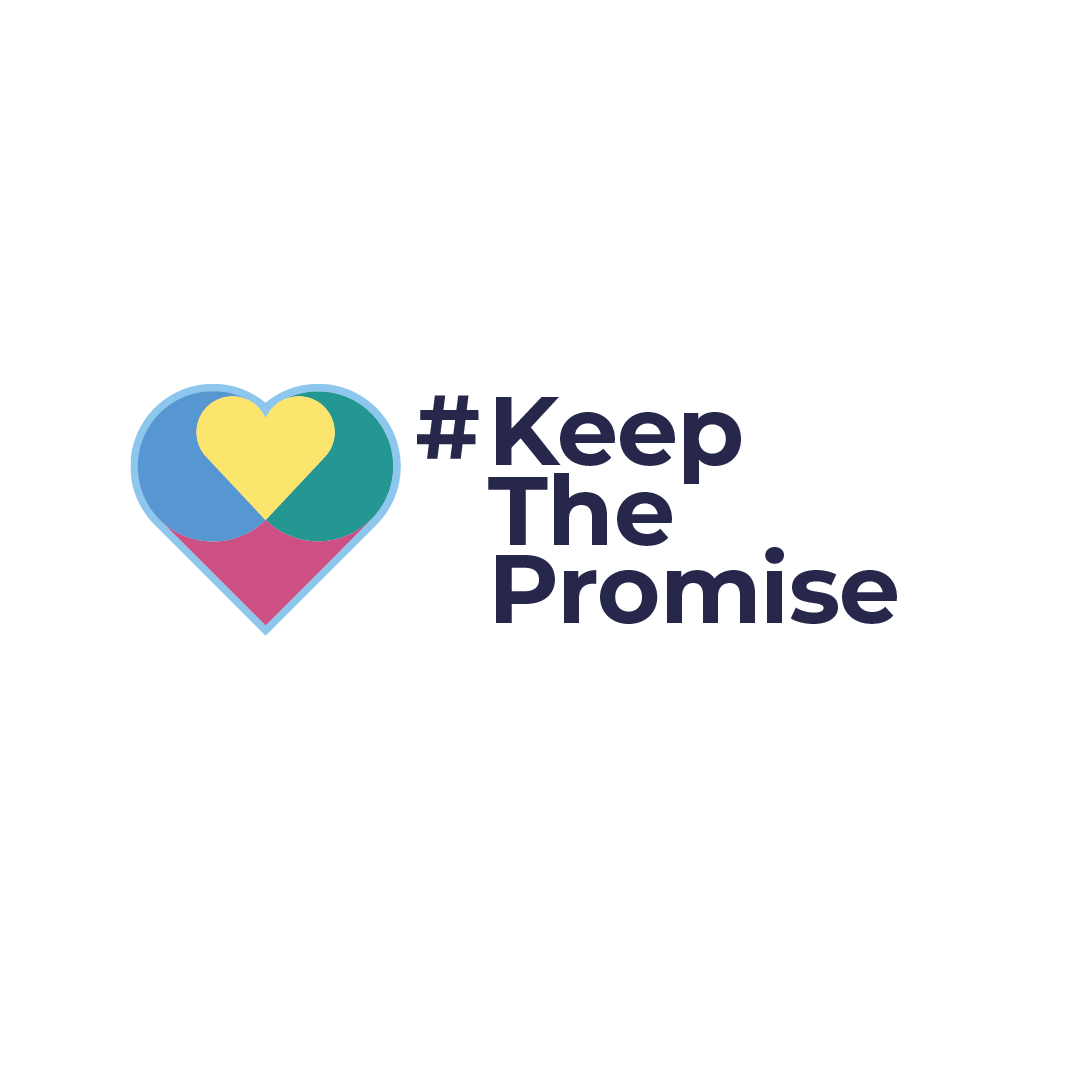Our Relationships
After completing this section, you will be able to: explain what conflict is; describe five different ways to think about conflict styles; become a better communicator so you can resolve conflicts; and, understand different styles of communication.
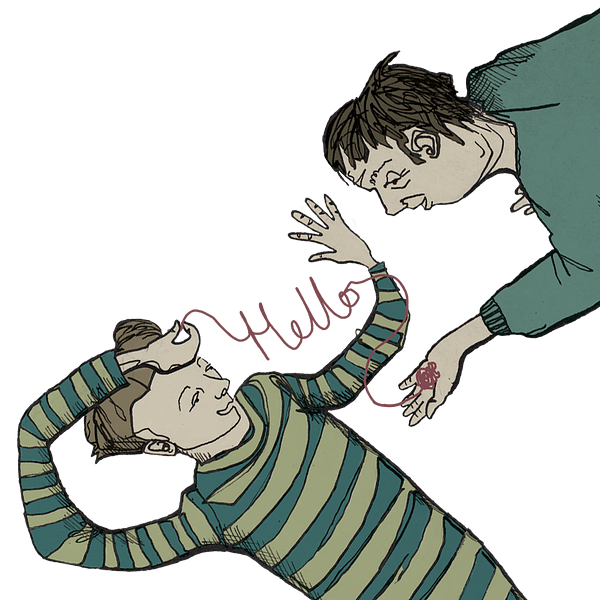
Relationships and Conflict
Relationships are all the connections we make with the people around us. There are lots of different types of relationships and some will be stronger. Conflict can be good or bad depending on how we approach the problem. When conflict is DESTRUCTIVE it can escalate quickly, and have a negative effect on our relationships, physical health, and mental wellbeing, especially if it is happening regularly. However, CONSTRUCTIVE conflict is essential. We need it to solve problems, share ideas, create new things and challenge injustice. Resolving conflict constructively can help strengthen our relationships.

Causes of conflict
Conflict is a normal part of life. There are lots of different causes of conflict. What is causing conflict in your relationships? Below are some examples of things that might cause conflict?
Conflict management
There are five different ways to understand conflict. We might prefer one over the others, but they all have their uses. In an ideal world, we would be able to move between the different ways to deal with conflict according to which one best suits the situation.
The Turtle
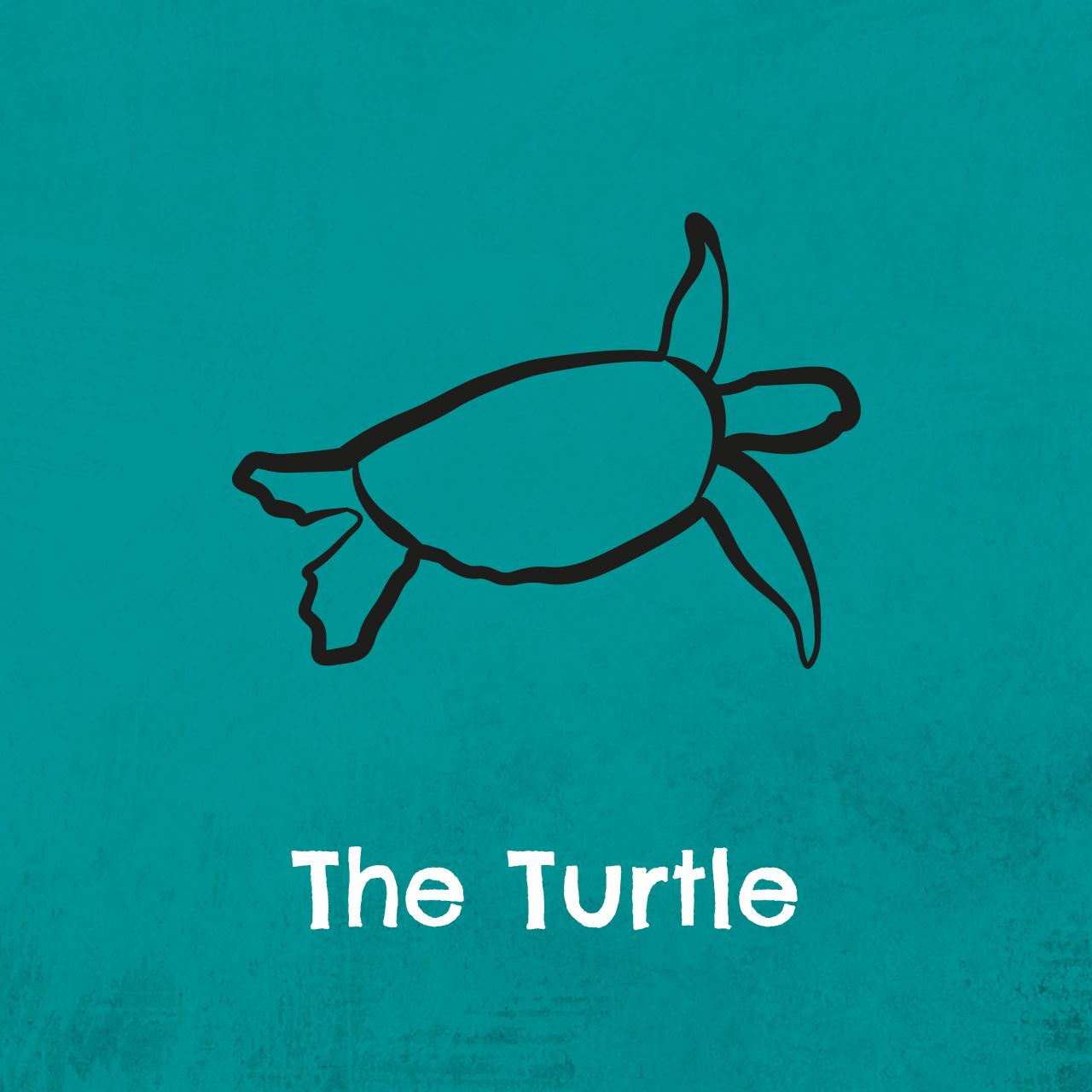
Conflict Style: Avoiding
Description: Like a turtle hiding in its shell, you avoid conflict to protect yourself.
Example: A stranger tries to start a fight with you in the street but you keep walking.
Pros: In a dangerous situation, such as a physical fight, avoiding conflict can be the best option to you keep yourself safe. If emotions are high, sometimes it can be best to temporarily avoid the conflict and come back to it at a better time and place.
Cons: If we always avoid conflict then we never have the opportunity to resolve it. Our voice is not heard and we are not giving the other person a chance to share their view. The chances are, nobody’s needs will be met if the conflict is not addressed and it could lead to resentment or more conflict and frustration.
The Shark

Conflict Style: Competing
Description: Like a shark attacking its prey, you fight for what you want. You want to win no matter what.
Example: You are playing a tennis match, you’re not going to let them beat you.
Pros: It’s good to stand up for yourself and what you believe in. If something is really important to you, you might need to fight hard to get it.
Cons: Sometimes when we take a competitive approach we don’t consider the other person’s point of view. The other person might suffer if their need is not met or we may damage the relationships during the conflict if we don’t show empathy. We also might miss out on some good ideas if we are not willing to listen and work with others.
The Chameleon

Conflict Style: Accommodating
Description: Like a chameleon changing colour, you adapt to fit the needs of others.
Example: Your friend is diabetic and their sugar level is low so you let them have the last biscuit. They need it more than you.
Pros: Sometimes we can see that other people have a greater need than us. Showing empathy and understanding other people’s needs can help build good relationships. Being accommodating is good when the relationship is most important to you and the conflict could hurt the other person.
Cons: You can’t always put other people’s needs in front of your own. Sometimes your need is more important. Sometimes we let the other person win because we don’t want to argue anymore. This can be okay if it is not something too important to us, but if we keep accommodating to resolve the conflict our voice is not being fully heard. Accommodating can be bad if you feel under pressure or forced by the other person, especially if you do not feel you have equal power in the relationship.
The Zebra

Conflict Style: Compromising
Description: Like a Zebra’s black and white stripes, you decide to go 50/50 with the other person. You compromise by sharing and making sure both of your needs are at least partly met.
Example: You have an hour before dinner. Your brother wants you to help him with homework, you want to play a video game by yourself. You help him for half an hour then play your game for half an hour.
Pros: When you compromise, both sides feel like their needs are being considered and you both get something out of it. You are both willing to give a little which can help improve relationships and resolve conflict.
Cons: If something is really important to you, you might not want to compromise. When we compromise our needs are never fully met.
The Owl
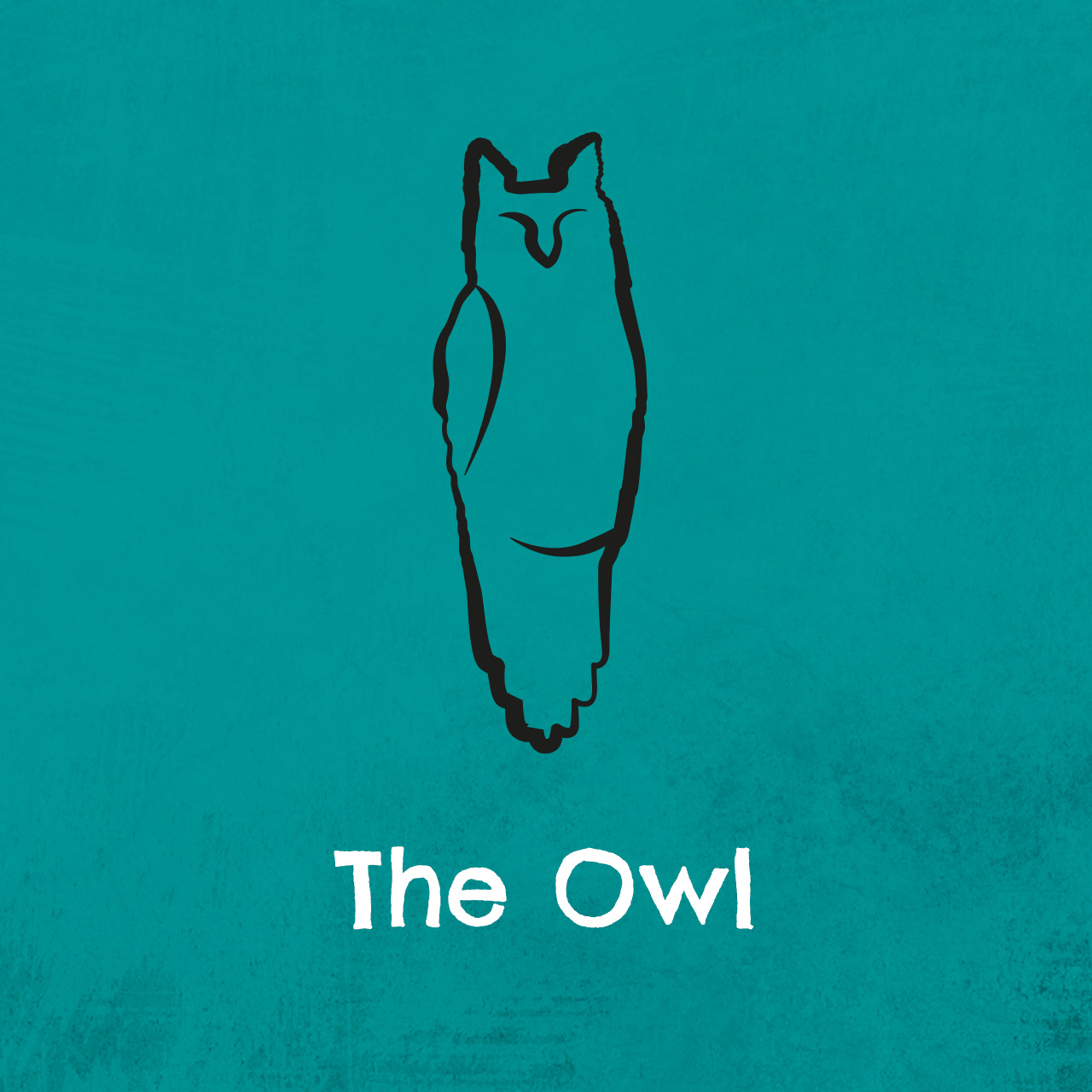
Conflict Style: Collaborating
Description: Like a wise owl, you can come up with new ideas to solve the problem. You work together to come up with a solution that is even better than your individual ideas.
Example: You have to make a poster for a school group project. You are really good at art and want to do a visual poster. Your partner is really good at writing and wants to do an information poster. You work together and share ideas to make a poster that is even better than something you could have made by yourself.
Pros: Working together to resolve the conflict in a creative way means that both needs are met. Collaborating helps build trust and respect in relationships and allows us to learn from each other. We are more likely to get the best outcome for everyone if we work together to consider all the options.
Cons: Collaborating can take time so is not the best option if a decision needs to be made quickly. Sometimes there are only a set number of options that we have to choose from so it is not possible for us to collaborate.





Resolving conflict
Here are ten quick top tips for resolving conflict
- Think about where and when.
- Understand your own emotions and needs.
- Try to express how you feel with words.
- Try to listen with an open mind.
- Take turns speaking.
- Avoid being rude, insulting or judgemental.
- Know when to take a break.
- Maintain a calm voice.
- Focus on the problem, not the person.
- Aim to find a solution.
Listening
Listening is one of the most important communication skills. Listening can:
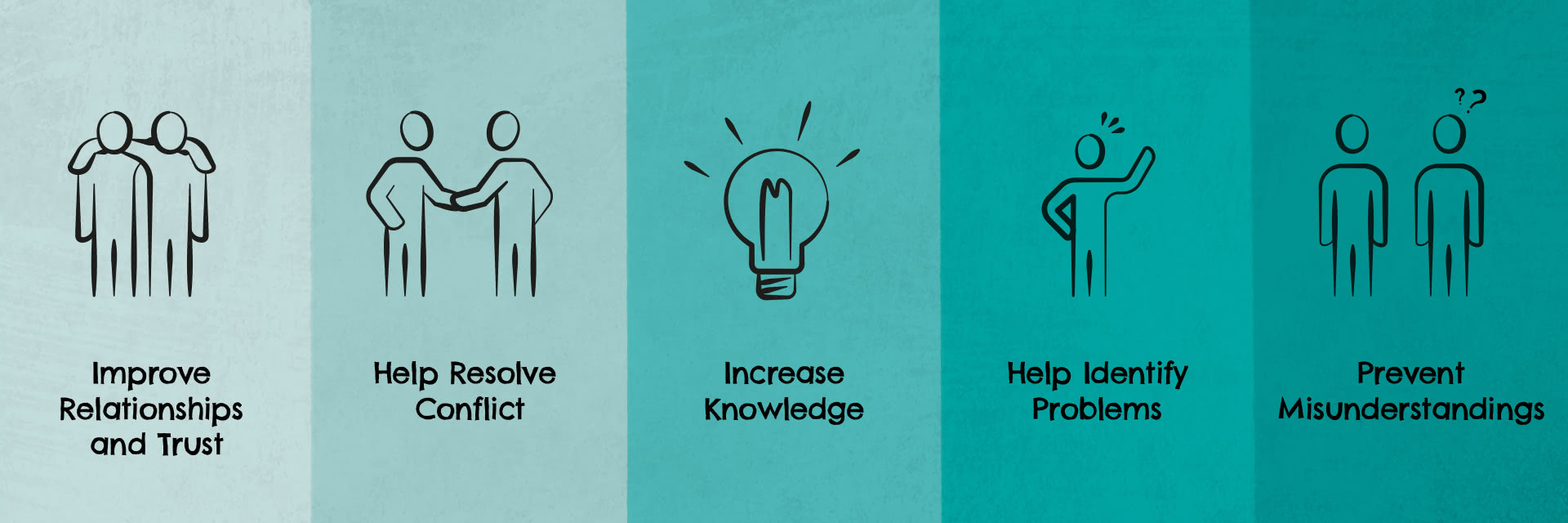
I-statements
When we fall out with someone, we often use ‘blaming statements’ such as ‘you always’ or ‘you never’. Problem is, that doesn’t give us the space to explain how we’re feeling, while the other person can get defensive, shutting conversation down before we resolve our conflict. If we use ‘I’ and ‘we’ instead, we can say what we think and encourage others to do the same. These are called ‘I-Statements’ and are made up of two parts.
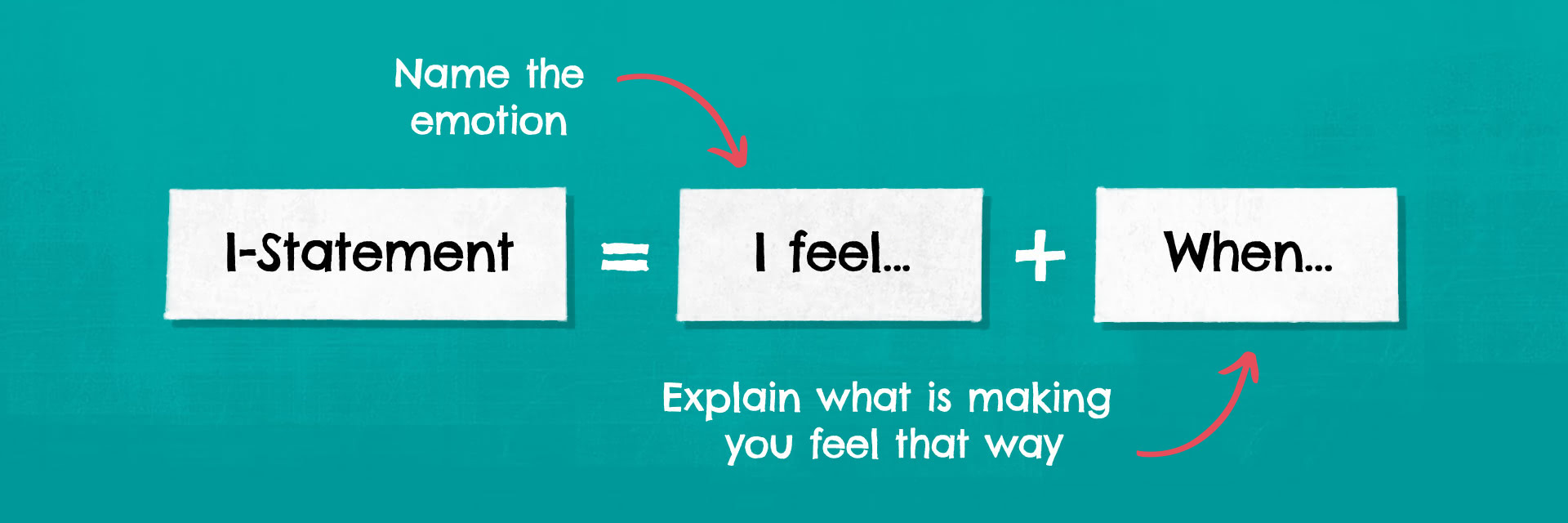
Communication Styles
Summary
- Conflict can be constructive or destructive depending on how we approach it.
- Sometimes resolving conflict involves having difficult conversations. It can be helpful to take turns speaking, use respectful language, stay calm, keep an open mind, and focus on finding a solution.
- Listening is an important communication and conflict resolution skill.
- There are different communication styles. The most useful for conflict resolution is ‘assertive communication’, which is being respectful of the other person while ensuring your needs are met.
It's not the end of the story!
If you want to learn more about yourself, choose one of the modules below.


